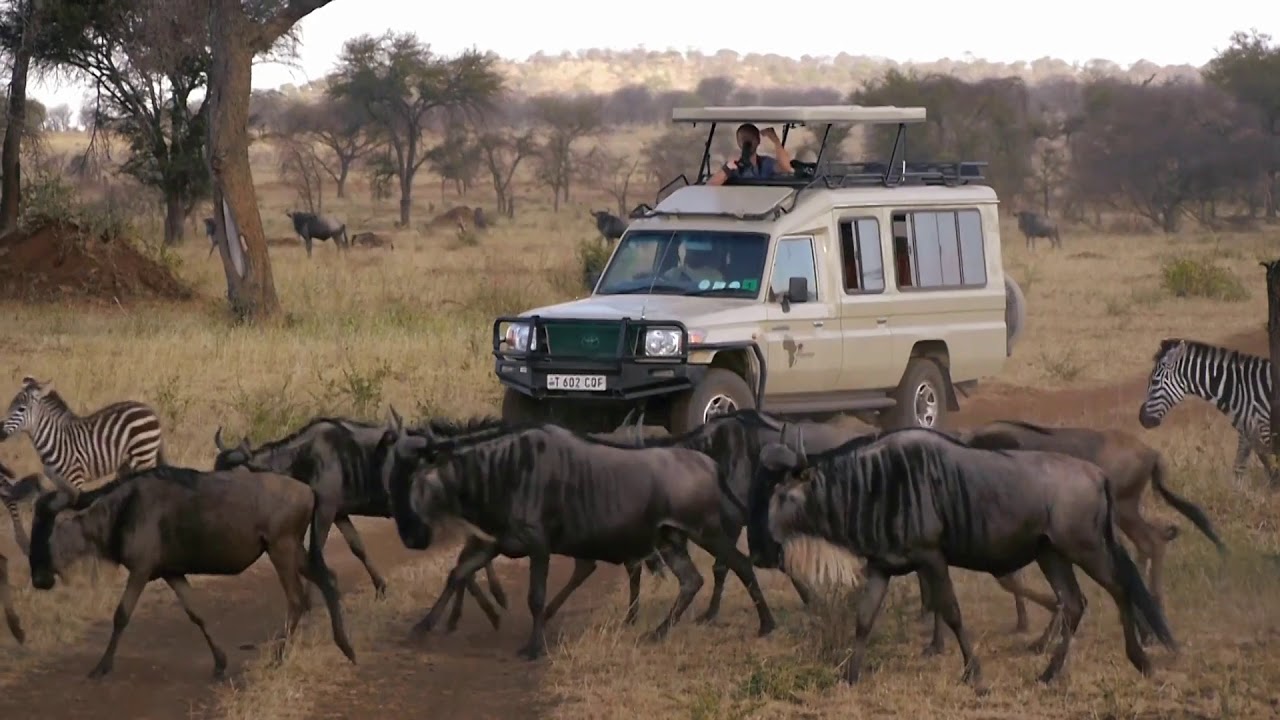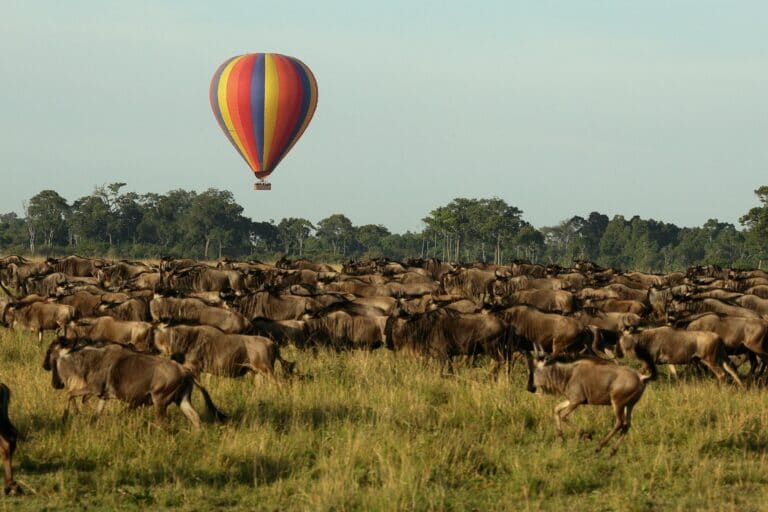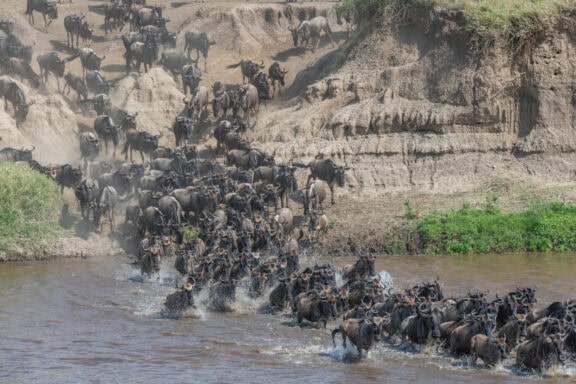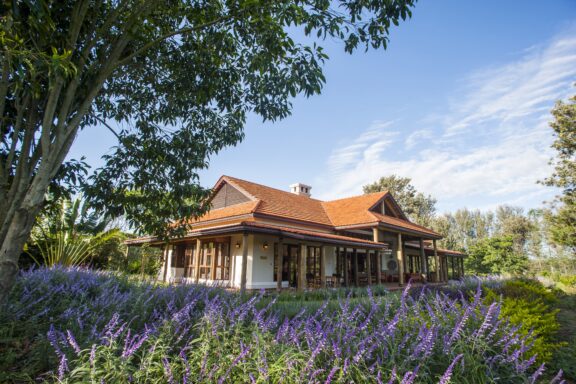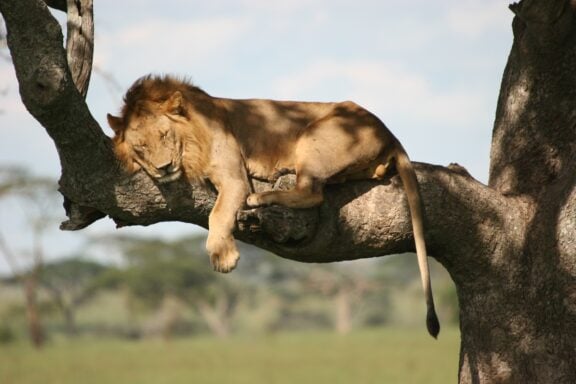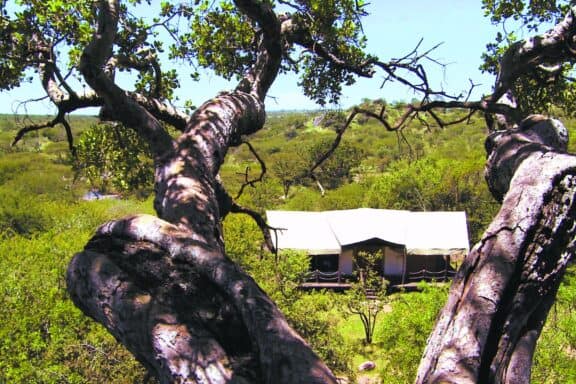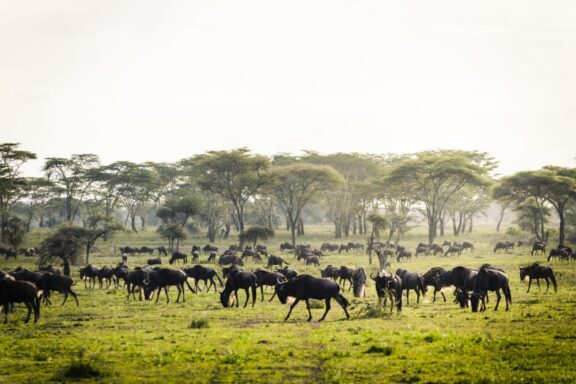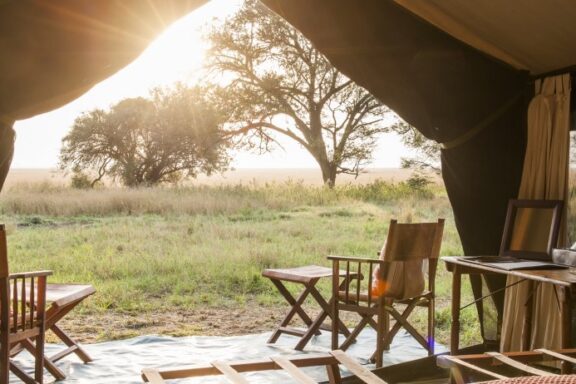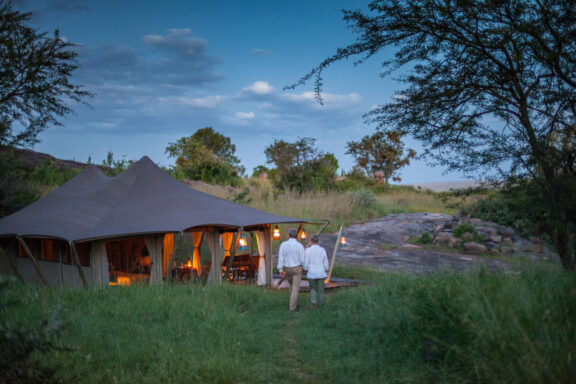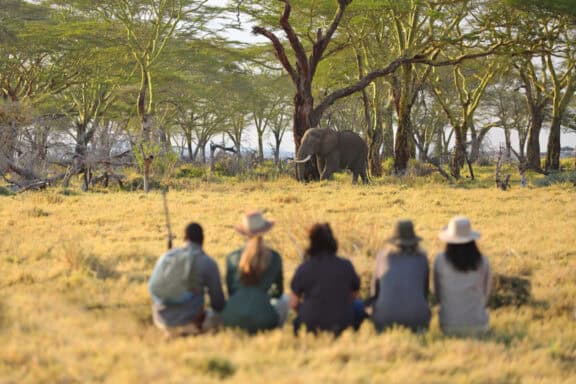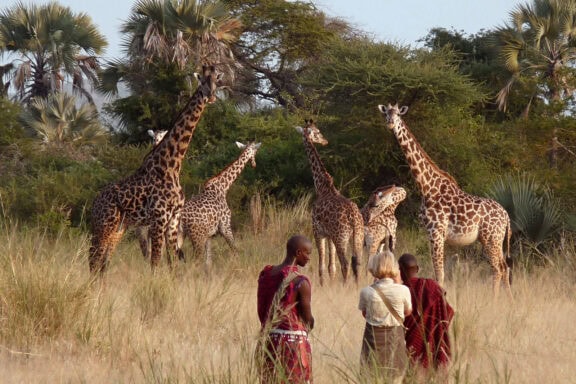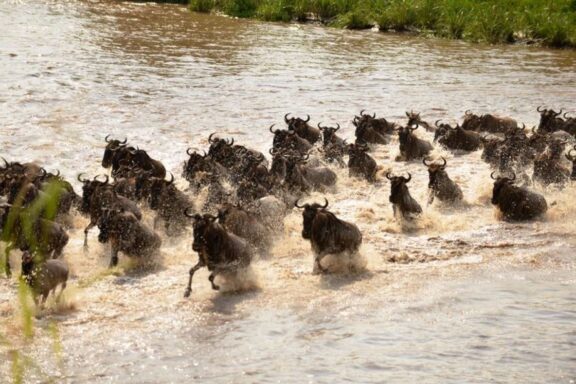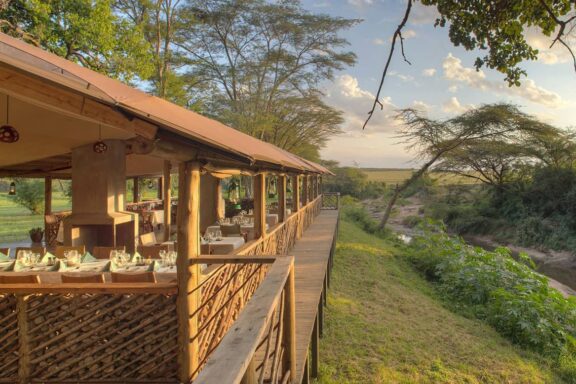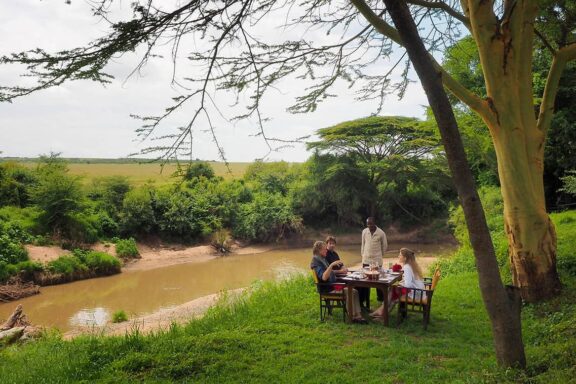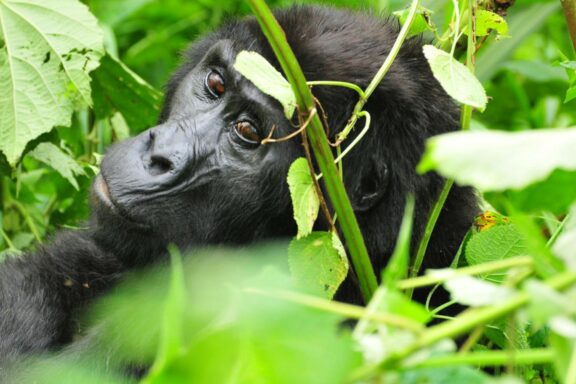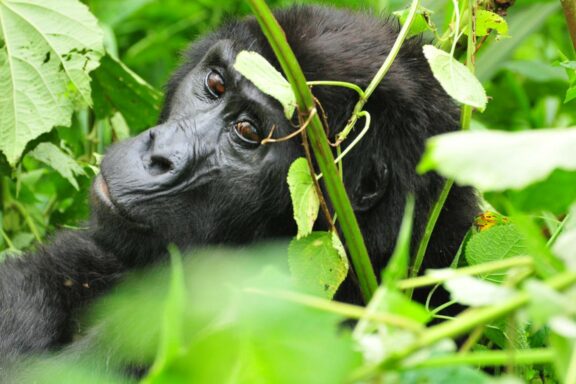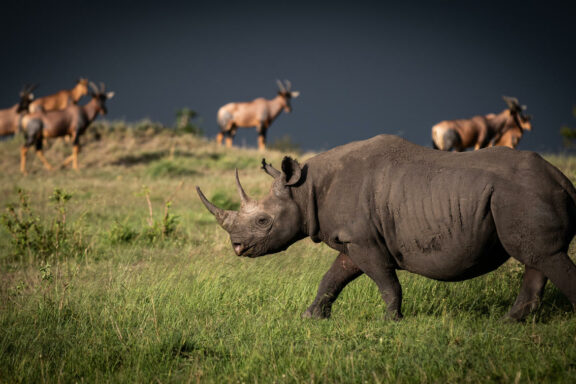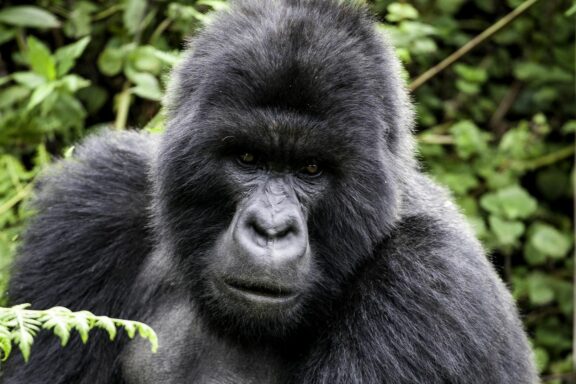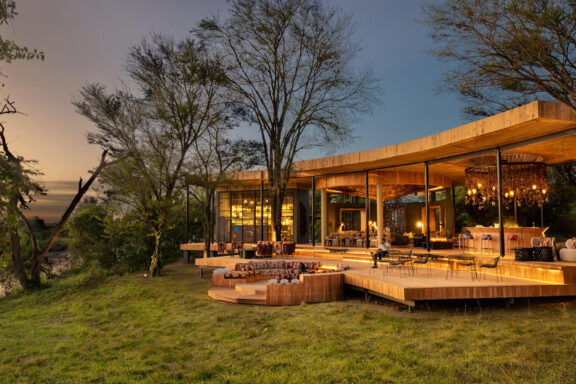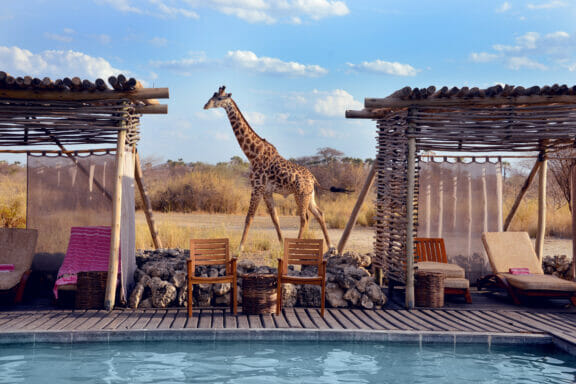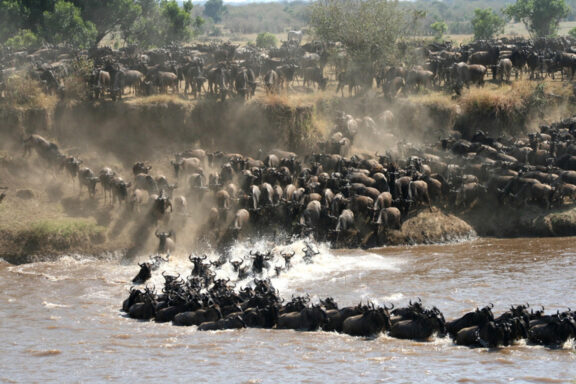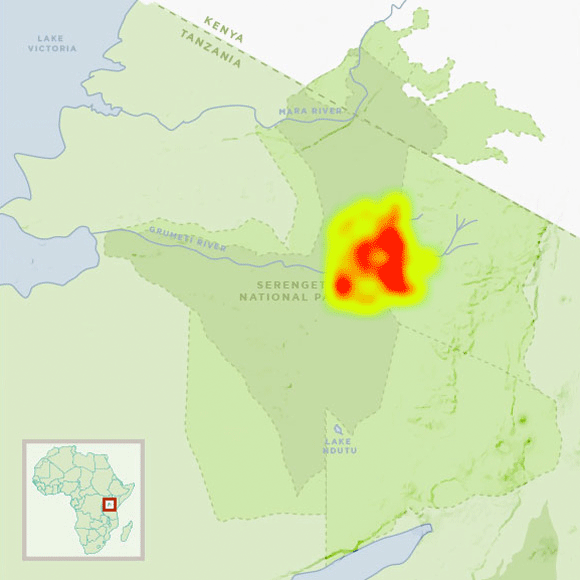What is the Great Migration?
Every year, about two million wildebeest and 20,000 plains game travel from Tanzania’s Serengeti to Kenya’s Masai Mara in search of abundant grazing pastures and life-giving water. The seasons dictate this deadly Great Wildebeest Migration voyage, and when the rains come, the wildebeest follow.
This historic Great Migration Africa route begins in the north and ends in the south, stretching about 3000 kilometres and seeming to go on forever.
The Wildebeest Migration is a breathtaking natural phenomenon and a must-see safari for adventurers, wildlife enthusiasts, and those seeking a little more from their African vacation.
Because the Great Wildebeest Migration has no beginning or endpoint and moves in a clockwise route, herdtracking is difficult to forecast. Discover Africa, on the other hand, invented a great application called “Herdtracker” to assist customers to track the progress of the wildebeest migration and plan a once-in-a-lifetime safari.
Five Facts about the Great Migration
1. The Serengeti National Park has the world’s oldest ecosystem. It is home to a diverse range of plants and creatures that can be found nowhere else on the earth.
2. In the Mara River, crocodiles waiting for the herds, drown their prey by seizing them in their powerful teeth and pushing them below the water, twisting them to break them into bite-sized pieces. A crocodile may lunge more than half of its body length out of the water and use its tail as a secondary weapon to grasp a potential victim.
3. During the Great Wildebeest Migration Africa, around 1.5 million wildebeest, 200,000 zebra, and several other animals travel through the country.
4. Zebra and wildebeest will cohabit together since they eat different parts of the same species of vegetation.
5. The Serengeti environment is home to around 3,000 lions who follow the migratory herds across the reserve.
Where the Great Wildebeest Migration occurs
Many people think the Great Migration happens only once a year, however it happens all year, with each season offering a unique wildlife experience. While the Wildebeest migration Africa takes place in a clockwise loop between Tanzania and Kenya, the Serengeti National Park, Ngorongoro Conservation Area, Loliondo Game Managed Area, and Grumeti Reserve is the main destinations.
The Masai Mara Game Reserve, which borders the Serengeti National Park to the north, is part of the Kenyan movement. Each month has its own set of advantages in terms of weather, wildlife, migratory movements, predator encounters, river crossings, and where to stay to make the most of your tour to see the Great Wildebeest Migration. This information can be found by having a look at the Great Wildebeest Migration Map.






